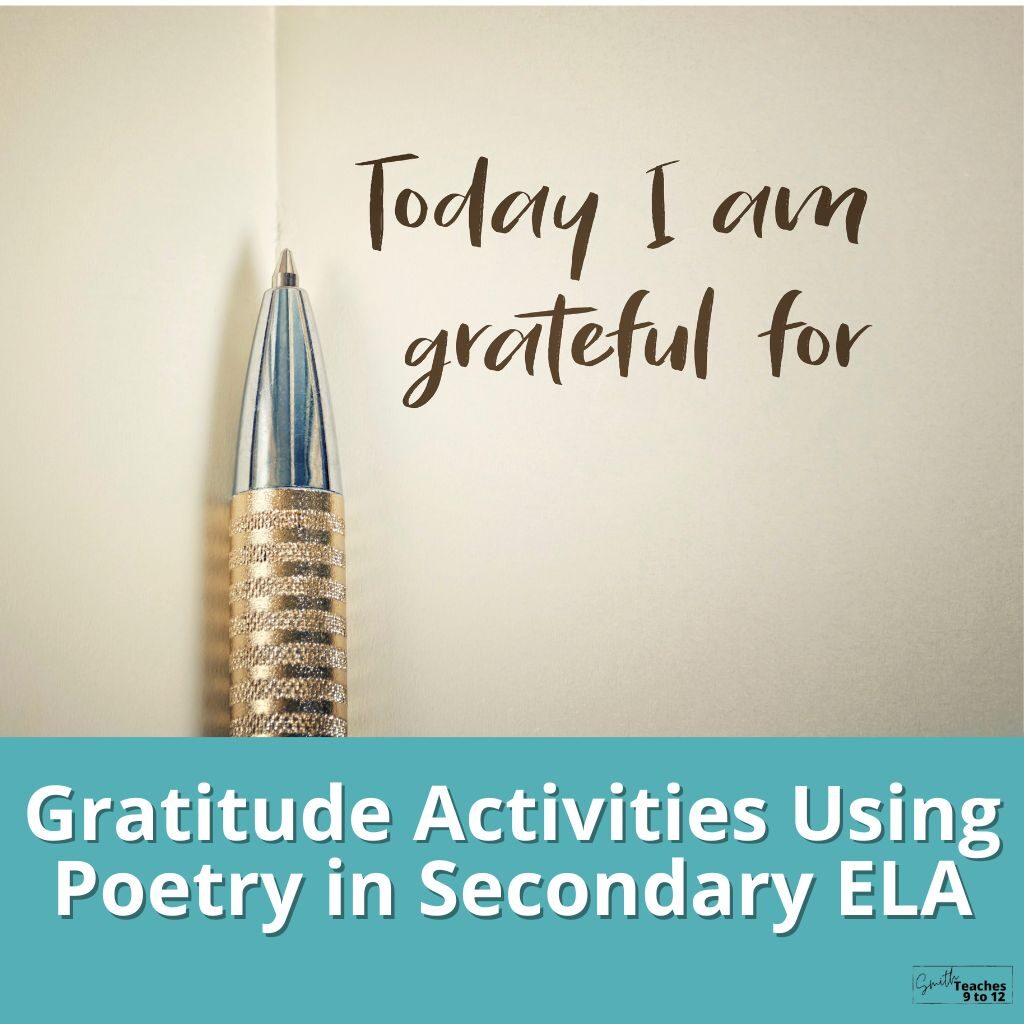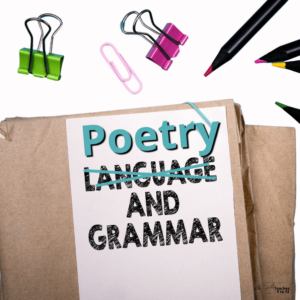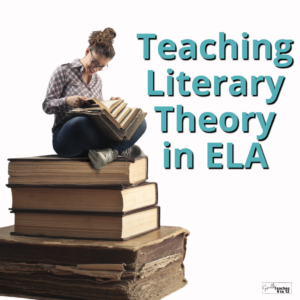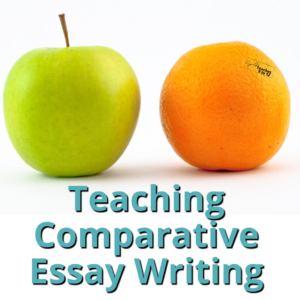Sharing is caring!
November is a great time to explore gratitude. With Remembrance Day in Canada and Thanksgiving in the US, it’s the perfect occasion to give thanks for what you have as well as to those who’ve been helpful in your life! So if you’re looking to add some gratitude activities using poetry to your classes this November, here are a few options to guide any lesson.
Understanding Gratitude
Start by having students brainstorm what it means to be grateful or how to define gratitude. This can be done individually on a sticky note or chart paper in small groups and then share with the class. The goal is to come up with a (loose) definition of the word.
Then use any one or all of these poems to introduce the idea of gratitude. Distribute or display the poem. Have students read through with the aforementioned loose definition in mind.
When reading any new poem I always suggest going through once and simply flagging any unknown words. Define those words and then return to read the poem again to see what main images or ideas are included. Try to summarize the poem in a sentence or two. (These summaries work well when more than one student is reading the same poem; use a compare and share option with the summaries to make sure there is clarity in understanding the poems.)
While reading, they can also use any of the following guiding questions:
- Does the poem fit or contradict the idea of gratitude? How/where? (A good way to have them flag keywords, phrases, or specific lines from the poem.)
- How might they change their definition with the input from the poem?
Next Steps For A Lesson Plan
After they’ve finished with the poems you can have them make a list of what or who they’re grateful for and this can even be a poem. A list poem is an easy approach to poetry.
A list poem can include an opening and closing line to add weight, gravitas, humor, or whatever other mood is desired to the poem. Then the main part of a list poem is exactly that–a list! It can rhyme or not, there can be repetition or not, and it can have any number of lines too!
Another option is to write an ode – a dedication to someone or something.

Check out this ready-made lesson plan for reviewing the content and structure of an ode, with scaffolded instructions for students to write their own odes.
Aside from poetry creation, you could have students write a letter of gratitude to someone in their life. They can set it up to send at any time in the future by using this amazing website that I use often: FutureMe.
Here are 5 options to use in your gratitude activities using poetry this November:
When Giving Is All We Have by Alberto Ríos

This poem by Alberto Ríos focuses on why we give using both positive and negative connotations. It also explores the relationship between people – the give and take – with lines such as “You gave me blue and I gave you yellow. / Together we are simple green.”
Ode To My Socks by Pablo Neruda

This poem by Neruda is of my favorites! Any of the Odes to Common Things by Neruda is a good choice for this lesson idea or basically any time you can include one!
This poem is about the narrator’s appreciation for his wool socks.
This is one of the contemporary poems students can compare to a traditional ode in these ode-specific activities.
Thanksgiving by Ella Wheeler Wilcox

This poem with a strong rhyme scheme is more traditional and has a bit more to dig into than the first two, though the language remains accessible, just a bit more old-fashioned. The clear message is that we should be grateful now for our friends and loved ones.
Gratitude Poem by Lucy Maud Montgomery

Like the Wheeler Wilcox poem above, this poem by Lucy Maud Montgomery is also about friendship and being grateful: So I thank thee, oh, friend, for this gift of thine. This poem is also a little more formal in its language but the vocabulary and message are relatively straightforward.
Gratitude Poem by Edith Nesbit

This Nesbit poem starts out sweet and cute telling the story of a stray cat, but there’s a shift in the middle that changes the overall meaning. It’s a great poem to explore positive and negative ideas about gratitude and the overall message of being grateful. It would make for an interesting class discussion about owing someone gratitude or the concept of a debt of gratitude.
No matter what November has in store for you, here’s hoping these gratitude activities using poetry bring some joy to your English classroom!


Related articles
- Teacher Tip for Self Reflection: Letter to Your Future Self
- Simple Gratitude Writing Activities for Middle and High School Students from ELA Matters collaborative website
- Gratitude Activities for Students from Samantha in Secondary
What do you do in your classroom to promote gratitude? Share in the comments below or on instagram!




